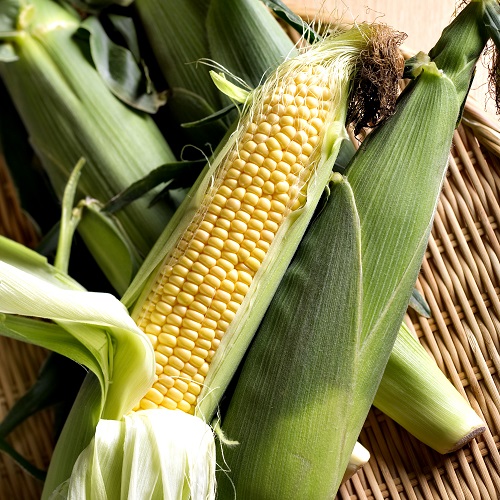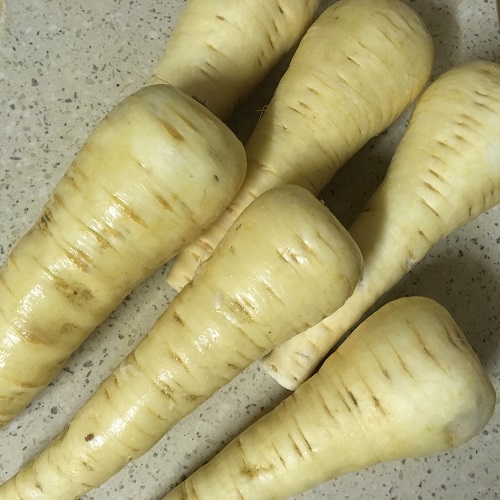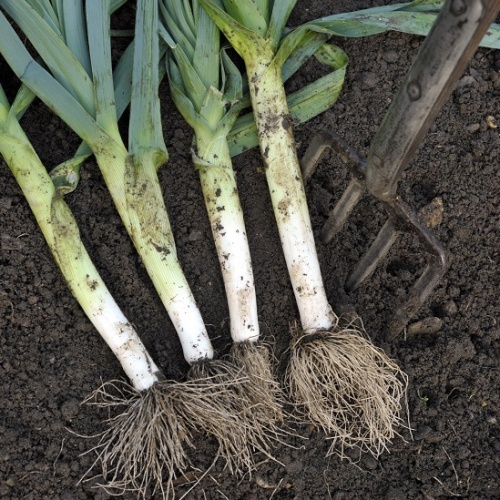Customers who bought this item also bought:
Beetroot Boltardy£0.99
£0.79
Beetroot Boltardy is the most popular variety for early and.....
Average Contents : 350 seeds
Sweetcorn Swift£1.29
£0.99
Back by demand! Popular early season variety.....
Av. Packet Contents : 30 seeds
Parsnip Gladiator£1.59
£0.99
Gladiator is the market leading variety that all other parsnips.....
Average Contents : 200 seeds
Leek Musselburgh
£0.99
Long established and very popular with amateur......
Average Contents : 400 seeds
Customer Reviews
Write a Review and share your opinions!
02 January 2017
This plant rarely gets attacked by whitefly etc and keeps growing throughout the autumn and winter. Much easier to grow than other brassicas such as cabbage (although curly kale as good).




